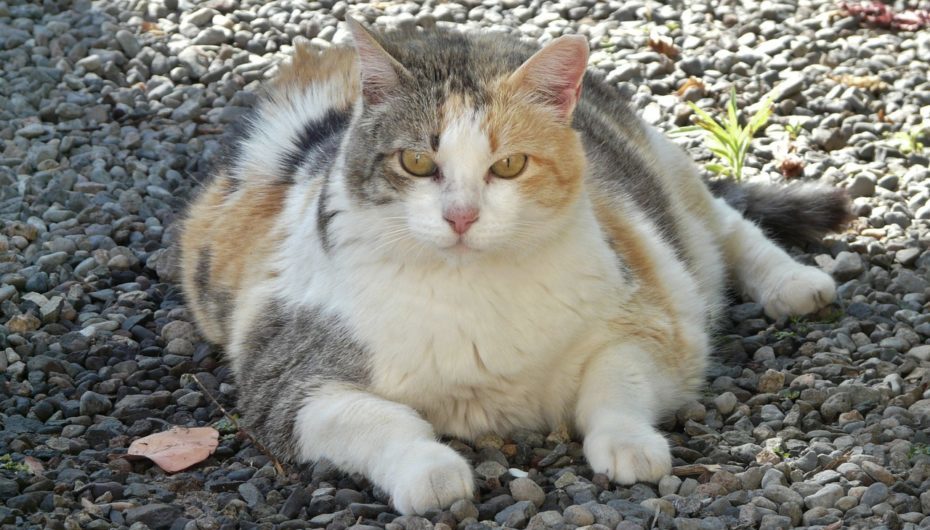Unfortunately, it is not just the human population that is seeing a rise in the number of people diagnosed with diabetes. In the last few years, there has been an alarming increase in the number of cases of cats developing diabetes. Although it isn’t known what exactly causes diabetes to occur in cats, diabetes in overweight cats is becoming very common.
Diabetes mellitus occurs when a cat’s body doesn’t produce or properly use insulin. This can lead to an imbalance in blood sugar levels.
What can you do if you are concerned that your cat is overweight and may be at risk from developing diabetes mellitus?
The Symptoms of Diabetes in Cats
Your cat may be suffering from diabetes if you have noticed that your pet is drinking more water, urinating more frequently, has a ravenous appetite but at the same time, is losing weight.
This happens because the lack of insulin causes fat and protein from food to be stored as energy sources. So, your cat will eat more but starts to lose weight. The high levels of glucose in the bloodstream cause your cat to urinate more and therefore drink more.
Although healthy-looking cats can develop diabetes, it is more common in cats that are overweight.
How to Prevent Feline Diabetes
Certainly, because obese cats are more prone to getting diabetes, it’s important to make sure that your cat has a healthy weight. However, diet alone can’t prevent feline diabetes because some breeds of cats are more prone to getting diabetes.
Some studies have shown that a low-carbohydrate diet can help cats with diabetes effectively control blood sugar levels.
How to Treat Diabetes in Overweight Cats
You local vet will be able to advise on what is the best treatment method for your cat. With some felines, it is easier to control their blood sugar levels and diabetes goes into remission. However, most cats need daily care to control their diabetes.
Insulin usually has to be administered twice a day to cats with diabetes. Your veterinarian will run some tests to find the amount of insulin to be administered and the frequency. Insulin is given in the form of an injection, which won’t cause any pain to your pet cat.
Oral medication can sometimes be given to healthy diabetic cats to lower their blood sugar levels. However, according to the Cornell University College of Veterinary Medicine, this has more side effects than insulin injections and most cat owners prefer to give insulin.
The Importance of Diet in Overweight Cats with Diabetes
A proper diet is the key to controlling your cat’s blood sugar levels and to help your cat lose weight. Most cats respond well to a high-fiber, complex carbohydrate diet. However, some cats respond better to a low-carb diet. The best way to find out for your cat is to talk to your local vet.
If your cat receives insulin, you should follow your vet’s instructions on when, and how much to feed your cat before administering injections.

